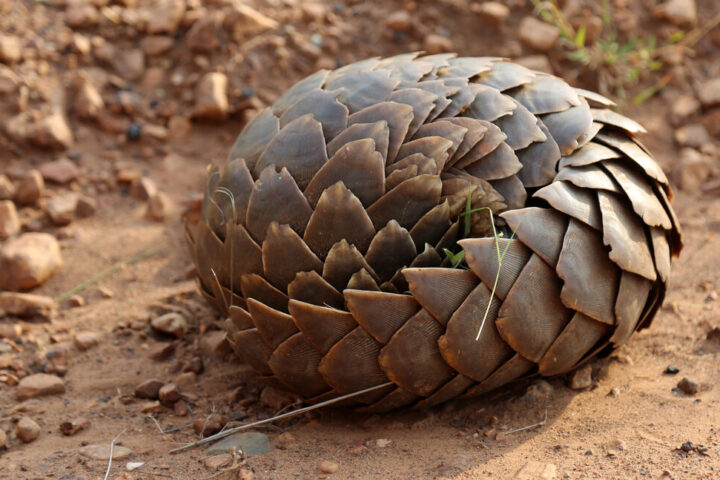Quebec’s boreal ecosystem gained 16,061.5 square kilometers of protected habitat through Nibiischii National Park, Quebec’s 28th national park and first to operate under Cree management south of Nunavik. The protected area, located within the James Bay and Northern Quebec Agreement territory northeast of Chibougamau, encompasses the 285-square-kilometer Fort Dorval peninsula between Lake Mistassini and Lake Albanel.
The park’s ecological value centers on fifteen at-risk species inhabiting its ancient boreal forests. A key conservation feature includes the Témiscamie woodland caribou population’s habitat connectivity through four newly protected adjacent territories: Mont-Yapeitso-et-du-Lac-Giriar, Nibiischii, Rivières-Cheno-et-Papas, and Tête-de-la-Rivière-Rupert, adding 3,886 square kilometers of protected wilderness.
The Marie-Victorin plateau, situated 1,000 meters above sea level, harbors distinct botanical communities within the park’s boundaries. Fifty archaeological sites document centuries of Cree presence across these landscapes. The Mistissini Cree First Nation received operational authority backed by $67 million in government funding over ten years for conservation management, infrastructure maintenance, and ecological monitoring.
“The creation of Nibiischii Park is a testament to the strength and resilience of our people. It symbolizes our commitment to protecting our land and preserving our traditions for future generations. We are grateful to the Gouvernement du Québec for their partnership and support in making this vision a reality,” Michael Petawabano, Chief of the Mistissini Cree First Nation, explains. The management structure prohibits resource extraction, including mining and forestry activities, while supporting traditional Cree land use practices.
Similar Posts
SNAP Quebec’s Director General Alain Branchaud notes the dual benefit of protecting forest caribou habitat while maintaining Indigenous land use. The park’s establishment converts the former Albanel-Témiscamie-Otish Biodiversity Reserve into permanent protected status, implementing a hybrid management approach combining elements from Quebec’s northern and southern park systems.
Minister Benoit Charette frames the park within Quebec’s broader Plan Nature 2030: “I am extremely proud that the Government of Quebec is confirming the creation of Nibiischii National Park and investing to support the Cree community of Mistissini in its new operating mandate.” Grand Chief Mandy Gull-Masty of the Grand Council of the Crees adds: ““The creation of Nibiischii Park is a testament to the strength and resilience of our people.”
The park’s creation expands Quebec’s protected areas network while establishing a precedent for Indigenous-led conservation management. This approach integrates traditional ecological knowledge with contemporary conservation science across the park’s vast boreal landscape, equivalent to 32 times Montreal Island’s area. The management framework emphasizes habitat connectivity, species protection, and cultural heritage preservation while maintaining ecological integrity through science-based monitoring and traditional stewardship practices.


















